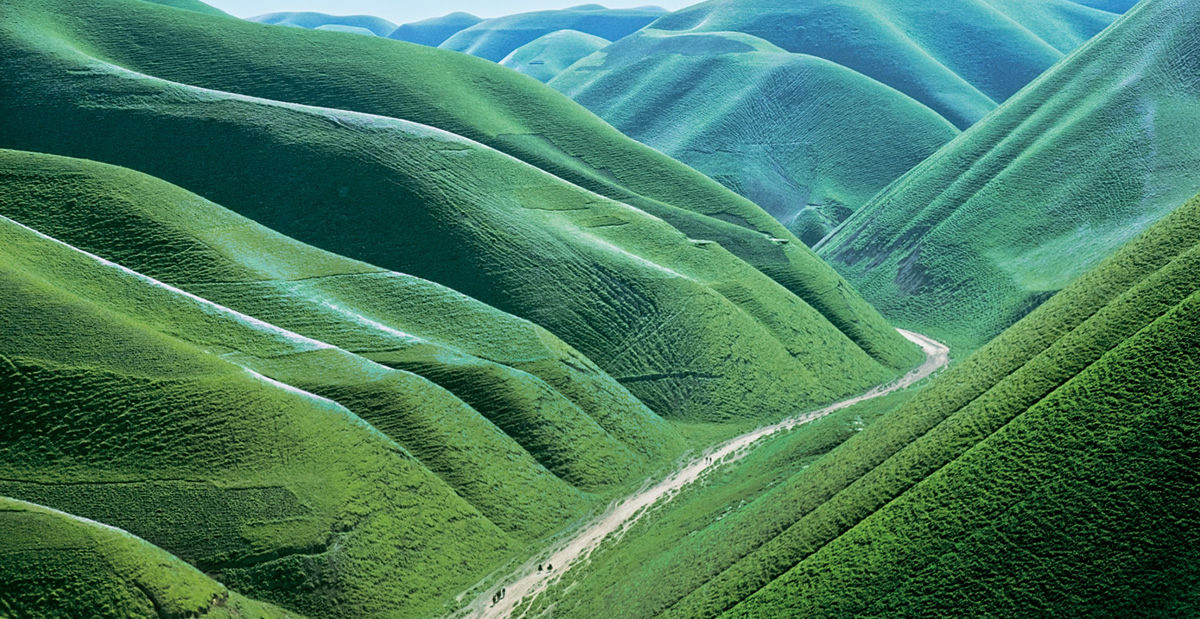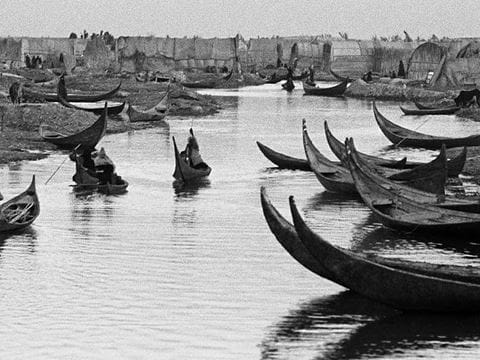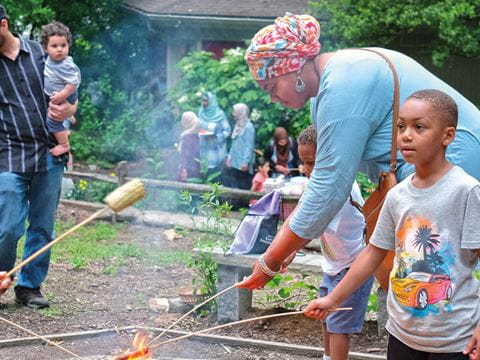
FirstLook: Lavender Flowers Near Maimana
This photograph was made in the spring of 1978 on my 10th visit to Afghanistan. I was 31, and I had two degrees in religious studies. In Afghanistan there was a word for a traveling religious scholar. Christians and Jews had been among these travelers for centuries; I was welcomed almost everywhere.
This photograph was made in the spring of 1978 on my 10th visit to Afghanistan. I was 31, and I had two degrees in religious studies. In Afghanistan there was a word for a traveling religious scholar. Christians and Jews had been among these travelers for centuries; I was welcomed almost everywhere.
I chose to work not as a scholar or a journalist but as an artist. I went out each morning open to what Afghanistan could show me, instead of trying to illustrate ideas that I already had in mind. When I took this image, two weeks before the Communists came to power, we were two days’ ride from the nearest paved road.
Between 1989 and 2000 this was one of the 32 images in the exhibition “The Afghan Folio” that was shown in more than 120 museums and galleries in the us and Canada. When it showed at the Smithsonian Institution in Washington, D.C., Soviet Chairman Mikhail Gorbachev saw it and had it exhibited in Moscow. More than a million visitors saw it in 1989 alone. After 2001 bookings ceased, and it has not been shown since 2008.
—Luke Powell
Afghan Gold. Luke Powell.
2013, Steidl Books, 978-3- 86930-648-3, €98, hb.
About the Author
You may also be interested in...

The Lost World Of Southern Iraq's Marsh Arabs
History
Arts
In late 1967, photographer Tor Eigoland traveled for more than: a month, mostly by canoe, among the countless villages of southern Iraq's vast marshes. Now, 45 years later, writer Anthony Sattin calls his photographs a "rare and ethnographic record of a lost world. They bring us back to a time and place where people lived in harmony with their environment and respected the balance the natural world needs to thrive.'
Ramadan Picnic Photograph by Zoshia Minto
Arts
On a warm June evening, people gathered at a park in Bethesda, Maryland, for a community potluck dinner welcoming the start of Ramadan..jpg?cx=0.5&cy=0.5&cw=480&ch=360)
Photo Captures Kuwaiti Port Market in the 1990s
History
Arts
After the war in 1991, Kuwait faced a demand for consumer goods. In response, a popular market sprang up, selling merchandise transported by traditional wooden ships. Eager to replace household items that had been looted, people flocked to the new market and found everything from flowerpots, kitchen items and electronics to furniture, dry goods and fresh produce.